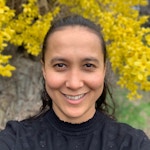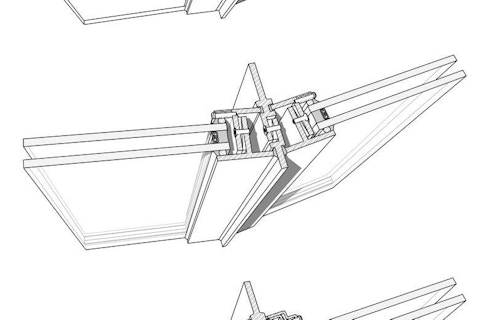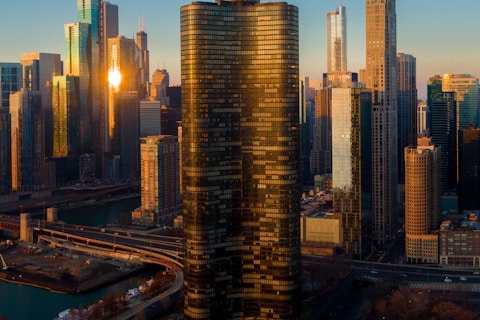Bridging the Gap Between the Facade Industry and Diversity
This newsletter is different from what you usually expect from SKINS. We are talking about human connection, communication, language, and broadening our understanding of how we move through the world and evolve with the new information we receive. You might ask, how do these aspects relate to the AECO Industry?
Well, in every way! And especially with the mission and vision that the Facade Tectonics Institute (FTI) has embraced. The Institute aspires to transform the building industry by raising awareness across broad areas of activity through research, practice, education, and resource and knowledge-sharing, with the intent to "accelerate transformative change in the built environment toward common goals of resilience and sustainability.” Success here demands the engagement of a great many people throughout the industry. These lofty but vital objectives cannot be achieved without individuals coming together as a community in collective action.
Connecting the Dots
Before bridging the gap between the facade industry and diversity, I want to begin by using simple building blocks to connect infrastructure and humans. The blocks I want to use for our discussion are foundation, structure, and facade, brought to fruition through experts such as architects, engineers, contractors, consultants, fabricators, material suppliers, etc. These fundamentals also apply to us. A solid foundation is found in family, friends, and co-workers. Structure equates to our skeletal-muscular system, including bones, muscles, ligaments, and other components of this assembly that help us move through our days. The facade system as skin is both a filter and barrier between inside and out, and provides many important functions. Like a building, we, both individually and collectively, require resilience and sustainability to function effectively in the world around us.
Beyond the Facade
My expertise lies in raising awareness of what's beyond the practical focus of our daily lives. More about what’s happening inside than outside. This can provide insight into ourselves and our colleagues, and how we are impacting our workplace and, in turn, how our workplace is impacting us. Just how much do we know about the people we are working with? We are complex beings, layered like buildings, and getting beyond the facade can be a challenge. Even the person next to you, whom you may have worked with for decades and whom you assume you know, may surprise you when you move beyond the facade. We quickly discover how much there is to learn about each other and how we deal, as individuals, with the shared challenges of being human in our work life and home life.
Begin with Awareness and Inquiry
We are the architects of our experiences. By embracing our differences and opening ourselves up to our shared experience we can bridge the things that separate us, things like race, gender, ethnicity, circumstance, and so on. This takes a certain fearlessness; we cannot allow fear to rule our experiences and attitudes. We can discover and cross boundaries we didn't even know existed. We begin to understand that our shared experiences as human beings far outweigh those things that separate us.
We quickly come to realize that behind every facade are multitudes of people like us, people that share the same struggles and aspirations that we do, people whose story bears little difference from our own. Every story is unique, different, but at their core they are the same, the stories of humanity. And they are all stories worth hearing.
We each have a story that can touch the heart of one another. As Mark Nepo, a poet, spiritual adviser, and author of Better Together Than Alone puts it,
p 195The hand is only as useful as the mind and heart that guide it. In any given moment where love becomes visible, mind and heart and hand and tool are one.

Raditia Lasry
Administrative Assistant & Mindfulness Guide
Looking for something specific?
Search our extensive library.
FTI’s SKINS email is the central source for the latest in building skin trends and research.
All emails include an unsubscribe link. You may opt out at any time. See our privacy policy.









